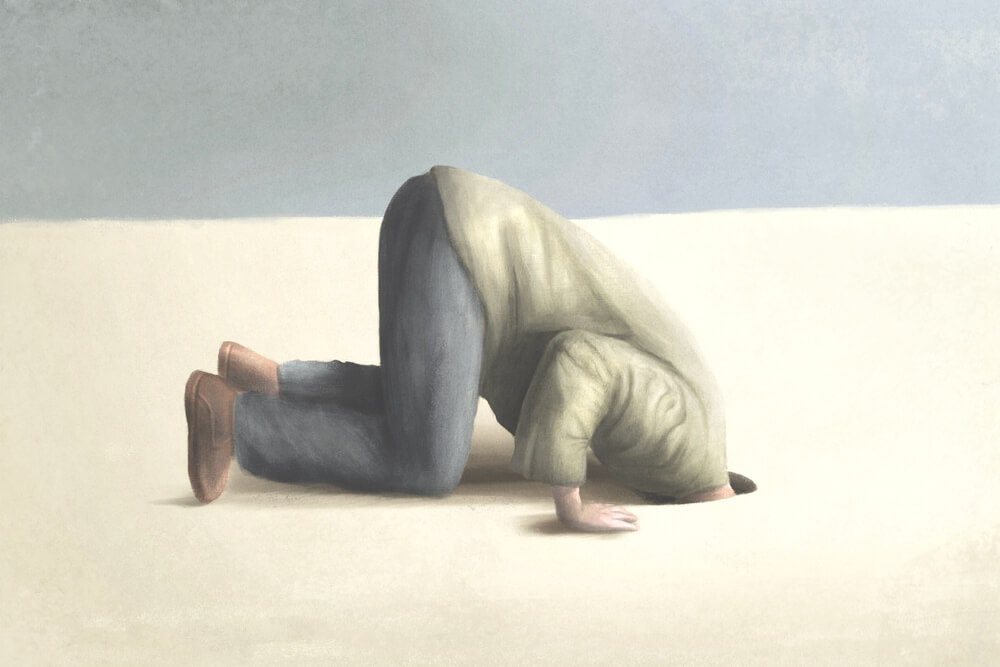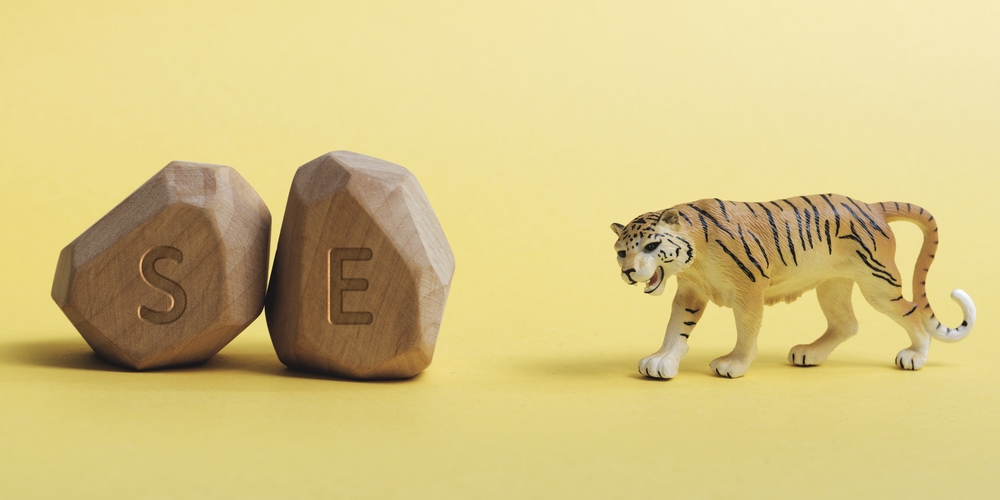Quite often I’m asked about what kind of therapist I am. Upon providing an answer, I am greeted with another question: “Somatic Experiencing®? What is that?” Though Somatic Experiencing® has a strong presence and presentation both nationally and internationally, it is sadly much underrepresented in Kentucky. With this in mind, I felt the need to write a blog about Somatic Experiencing® in order to explain its origins and introduce Kentuckians to this wonderful approach.
So, What Is It?
Somatic Experiencing® is an amazing method for addressing the psychobiology of stress and trauma. Dr. Peter Levine, the father of Somatic Experiencing®, introduced this naturalistic approach of trauma healing in the 1970s. While observing the behavior of prey animals in the wild, Dr. Levine observed that, though constantly threatened, these animals did not develop chronic stress nor were they traumatized. Animals in the wild have the innate ability to regulate their nervous system, as well as the ability to discharge the high energy levels of arousal associated with the sympathetic nervous system.
So, What About Humans?
As noted above, trauma is not something that only affects our minds. Dr. Bessel van der Kolk, in his bestselling and groundbreaking book The Body Keeps the Score, explains how trauma is stored in our bodies. Traditional talk therapies do not address the trauma in its totality, but rather focus on the cognitive aspects only. Somatic Experiencing® focuses on the psychobiology of trauma; though our stories are important, we also need to listen, pay attention to, and notice the movements of our bodies. Sometimes bodies do not move at all, but are rather still or collapsed. This too is an expression of trauma. Somatic Experiencing® understands that traumatic stress symptoms are caused by the functions of the fight, flight, or freeze response. Somatic Experiencing® also utilizes touch to allow a person’s nervous system to regulate.



